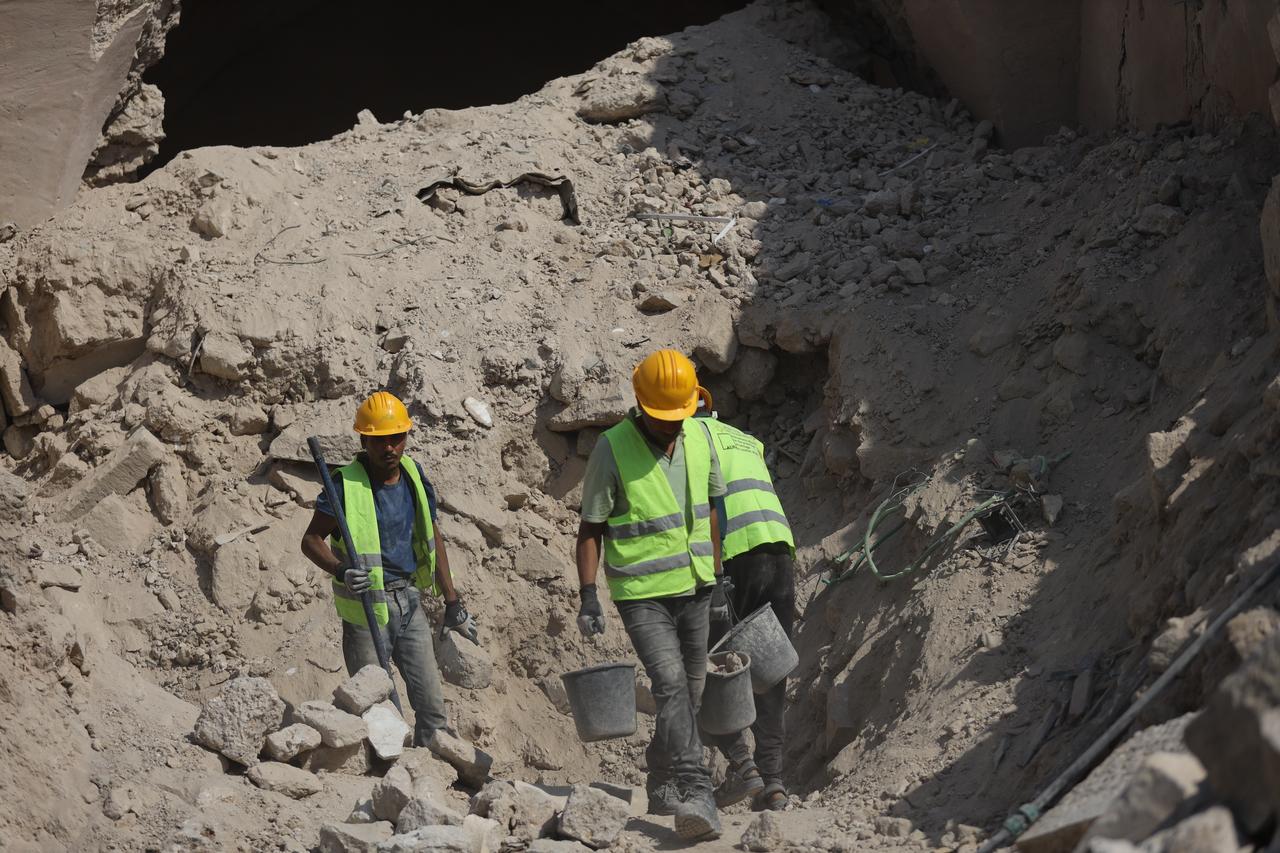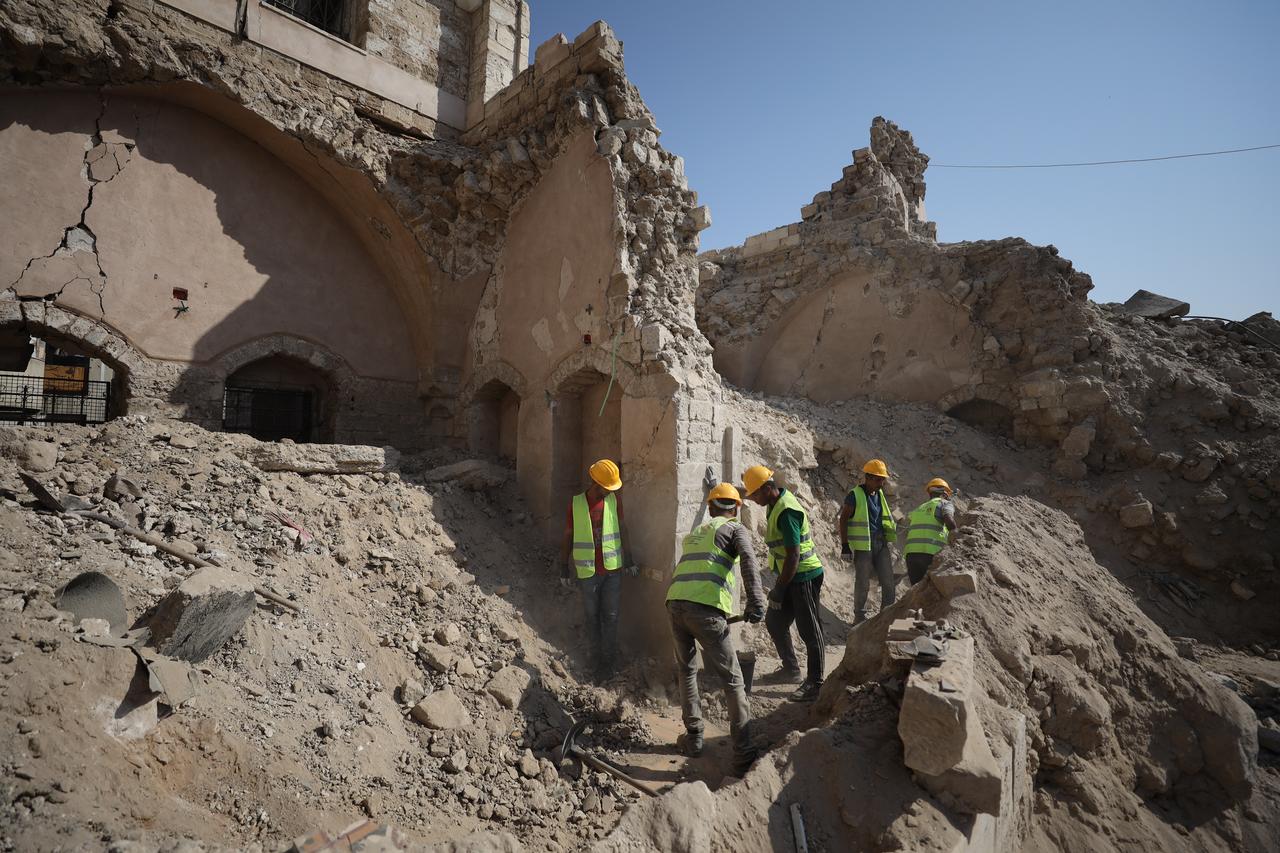
Restoration work has started at the historic Pasha Palace Museum, also known as Qasr al-Pasha, in Gaza’s Old City after the site suffered extensive destruction during the recent conflict. The effort is being led by the Palestinian Ministry of Culture with support from the Bethlehem Cultural Heritage Preservation Center and local partners, who say the first step is to stabilize the remains and prepare for future rebuilding.

Experts describe the palace as one of Gaza’s most important historic structures, with architectural layers from the Mamluk and Ottoman periods. The Mamluks were a medieval ruling elite who controlled parts of the Middle East and North Africa from the 13th to the 16th centuries; the Ottoman Empire later governed the region until the early 20th century.
Cultural heritage expert Hamoudah al-Dahdar underlined the site’s significance, saying: “The Pasha’s Palace Museum, or Qasr al-Pasha, is one of the most important historical landmarks located in the Gaza Strip. It dates back to the Mamluk era, and its age is estimated to be 800 years.”

Authorities report that the palace was badly hit, with damage affecting more than two-thirds of the site. Dahdar said the museum had housed artifacts found across Gaza from prehistoric times through the Byzantine, Roman, and Ottoman periods, and noted that it was “completely destroyed” during the 2023–2024 war, with many valuable objects stolen.
Local officials further allege that during a more than two-year period of hostilities, the Israeli army looted around 20,000 rare artifacts from the palace before demolishing the building.

Specialists describe the current phase as a “first-aid intervention,” a conservation term for urgent measures that prevent further loss. Teams are removing debris, sorting and storing original stones for reuse, and retrieving any museum fragments found under the rubble.
They say this will lay the groundwork for a comprehensive restoration once conditions allow.

A joint assessment by Palestinian conservation experts and U.K.-based archaeologists estimates that an initial 18-month program just to secure multiple historic sites would require about $33 million, depending on a sustained ceasefire. They add that a full restoration phase could stretch up to eight years and approach roughly ten times that initial cost.
In parallel, the Gaza Government Media Office has declared the enclave an environmental and structural disaster zone, estimating that about 90% of civilian infrastructure is damaged and roughly 70 million tons of debris remain. According to U.N. estimates, overall reconstruction could reach about $70 billion.
Dahdar said local institutions are coordinating to keep whatever still survives. He described workers carefully sifting the ruins with limited tools and resources, aiming to protect what remains of Gaza’s historical identity as plans for longer-term restoration take shape.